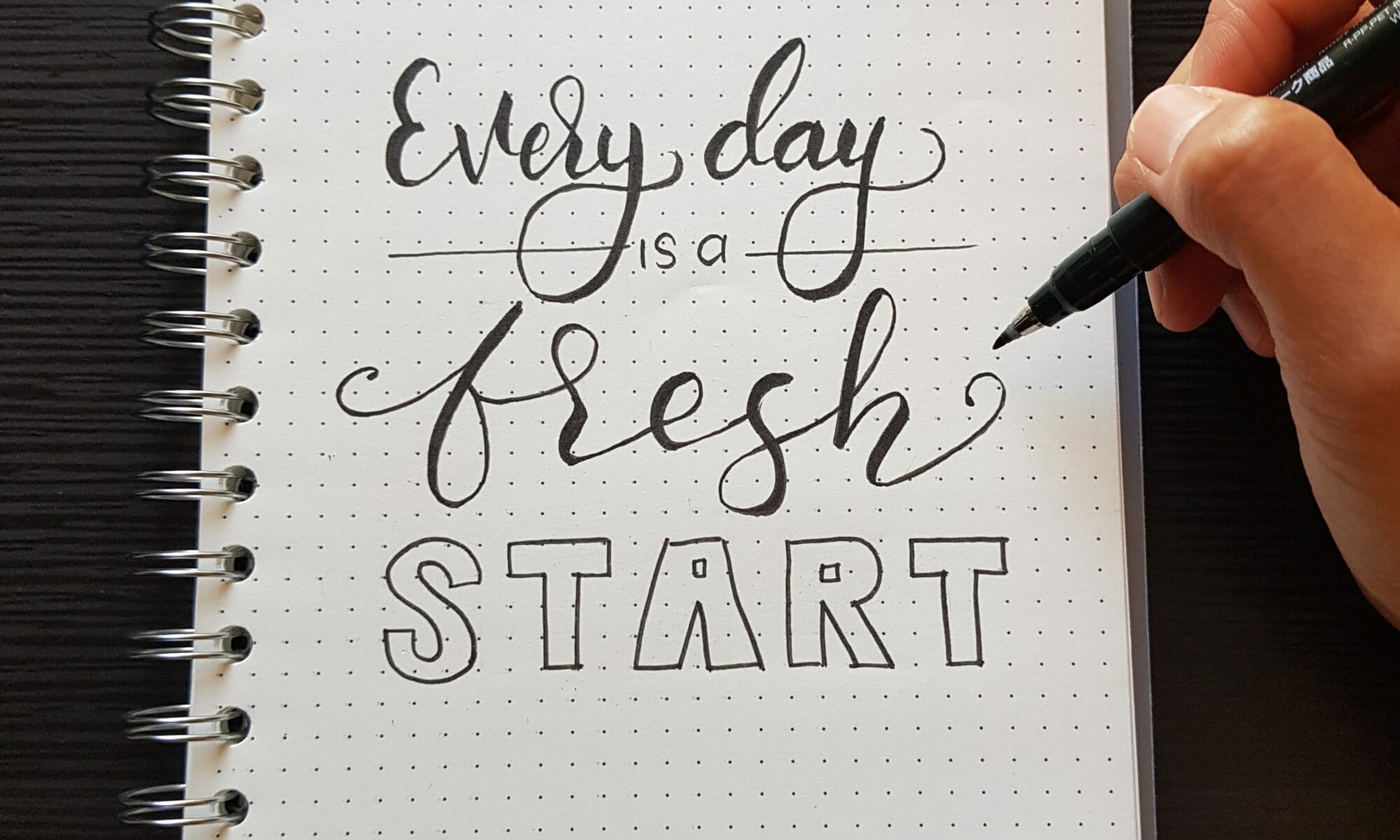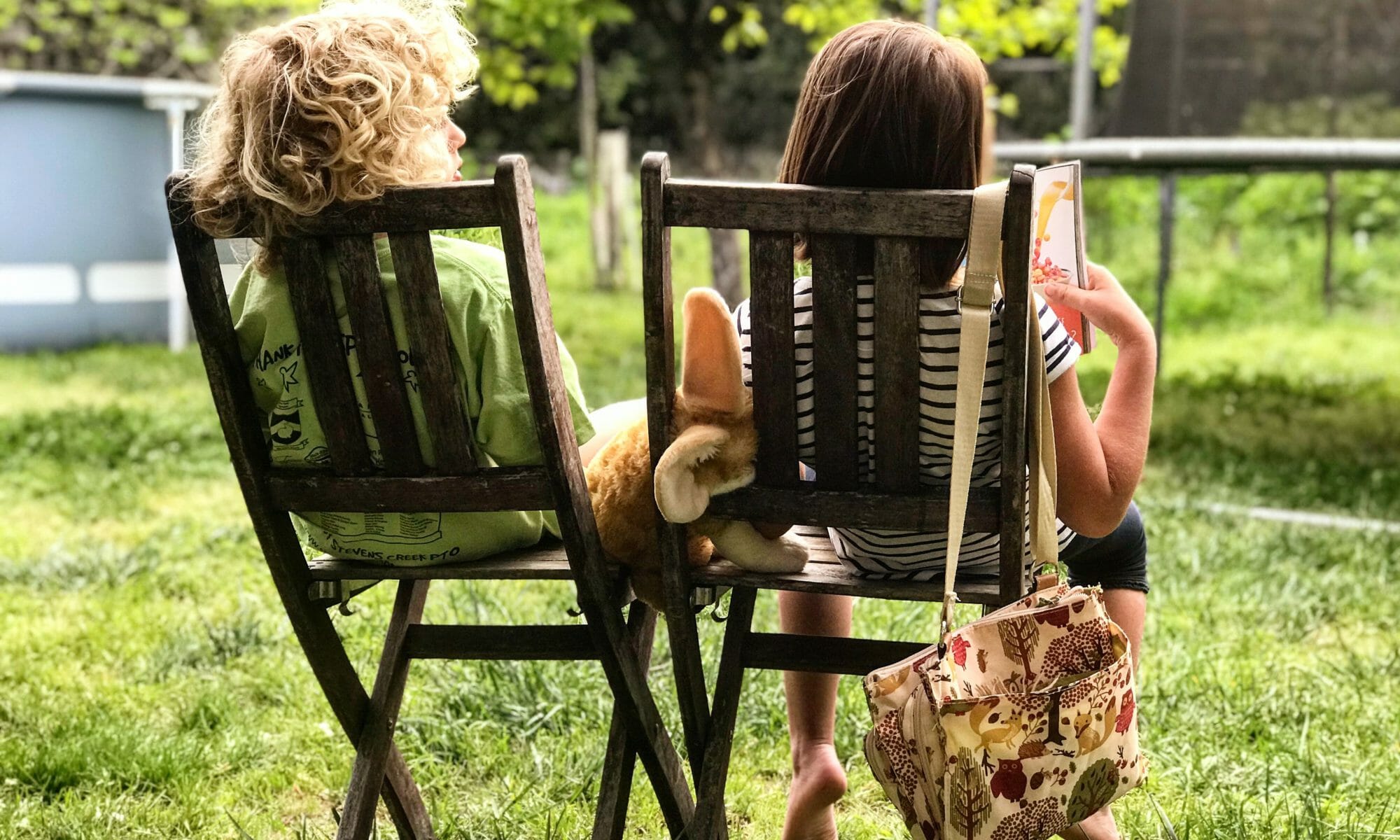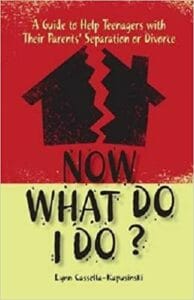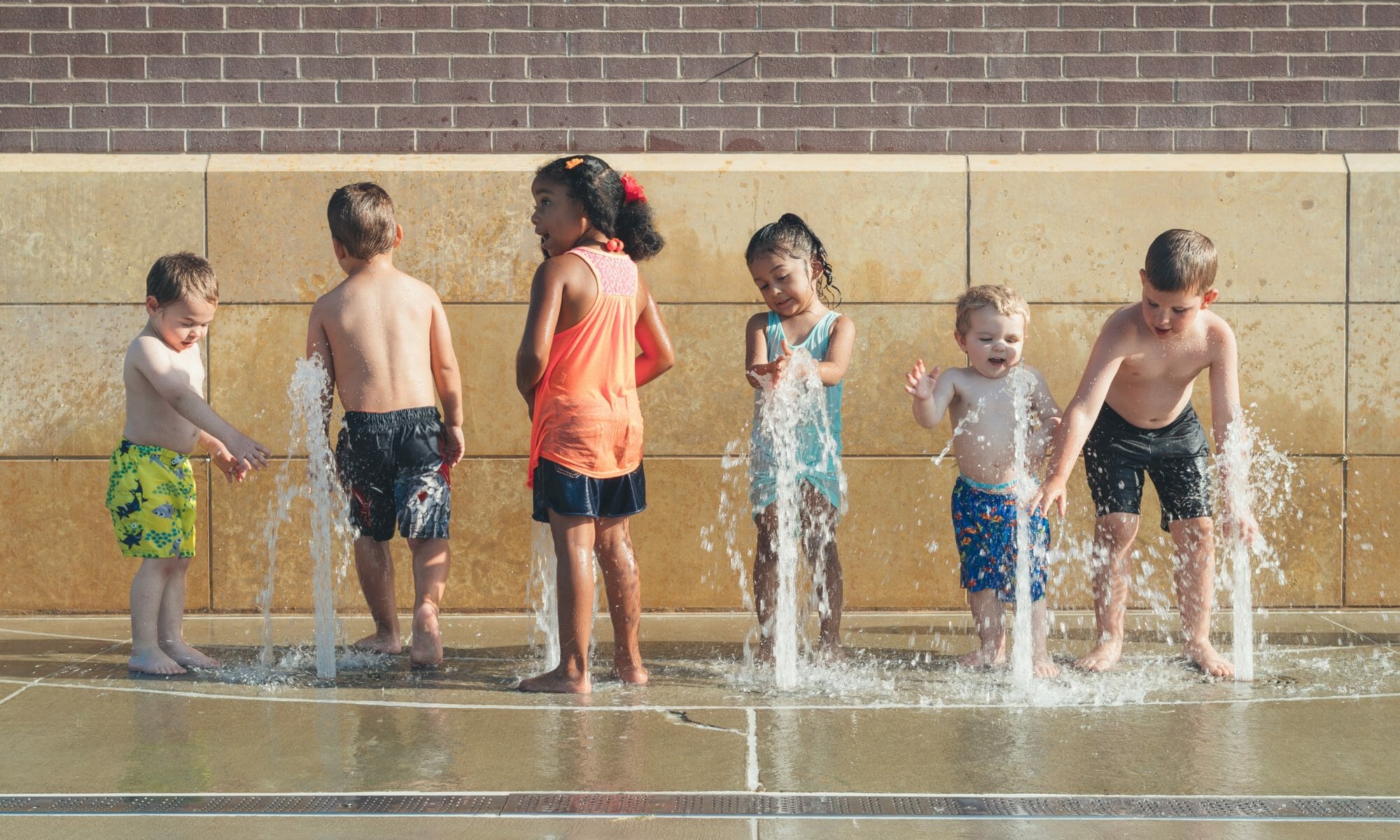Relationships aren’t built overnight. All lovers create a story filled with moments that once had so much meaning. But not all relationships last.
And once they’re over, sometimes the thought of your ex makes you angry, but sometimes you mourn the loss of your lover.
This powerplay of emotions is worse if you and your ex have a child together. As co-parents, the two of you are bound together—whether you like it or not.
The fall of a relationship is painful and sad. When there are children in the mix, the situation can become even more emotional, even volatile.
So, how do you move on from heartbreak and effectively co-parent with an ex?
Keep reading for some tips on managing the conflict and pain associated with a break-up so you can be the best parent to your child.
Take Time to Heal
While some people break up amicably, no break-up is ever mutual. Someone will always be more hurt than the other, even if the decision to end the relationship was a logical one.
If you’re hurting from a breakup, it might feel impossible to raise a child with the one person in the world who loves your child as much as you do.
It’s essential that you take time to heal.
Usually, a breakup requires space. Taking time away from each other, letting the metaphorical scrapes and cuts heal will slowly make your relationship better.
You must be okay with lessened contact and communication—aside from the conversations regarding your child. The awkwardness will pass, even if there are negative feelings in the meantime.
You should be kind and supportive to your ex, but it’s acceptable to not be best friends. It doesn’t mean you won’t get there in the future.
What Does Effective Co-Parenting Look Like?
In a healthy co-parenting situation, both parents are involved in the child’s day-to-day life. Co-parents communicate effectively and share the responsibilities of parenting—including the financial, logistical, and emotional ones.
To be a good co-parent, you must communicate respectfully when hurdles come up and work together in the best interest of your child.
In most healthy co-parenting relationships, parents allow each other to express their own parenting style when they are with their child.
Co-parenting doesn’t have a definition—it’s more of a lifestyle. It’s communicating and collaborating with your ex in a way that is peaceful, respectful, fair, and with your child’s wellbeing in mind.
Boundaries Are Essential
It’s common for people to change after a separation. When you are forced to move on from a relationship, you have to unlearn your former partner.
Things that used to be your business aren’t anymore. You don’t have the right to ask personal questions, and you’re not entitled to the answers to the personal questions you do ask.
In the beginning, it’s best to limit any conversation to those about your child. As time goes on and you share endearing or funny stories about your child, you will naturally begin to feel like friends again. Just don’t expect this to come immediately.
Your former spouse doesn’t need to know if you’re going on a date or if you’ve got a new hair cut. They don’t need to know anything that doesn’t pertain to your child, and neither do you.
Put simply, you’re entitled to your privacy. And so is your ex. Try hard not to blur the lines with your ex. Parenting alone is hard, especially when you’re hurting, but it’s essential to move on and be separate people.
Remember That You’re Family
Maybe it doesn’t sound ideal right now, but like it or not, your former spouse will always be family.
Because you have a child between the two of you, you need to embrace them as family, as well as any new partners that come into the picture. If you can, be friendly and respectful to their new partner.
At the end of the day, you want your child to look around and be surrounded by people who only want to see them succeed. So, settle in. Do what you can to be together around your child. If the wounds aren’t too fresh, schedule family nights—play games, take walks, keep it light—and make it consistent.
Communicate as a Team
While it might be hard to have conversations with your ex after a difficult breakup, try to take the emotion out of the conversation. Disagreements will arise, and it’s vital to keep heated moments behind closed doors and away from your child.
If you know you’re going to have a difficult conversation, schedule it in advance and meet at a neutral location.
And if a conversation can’t wait, only communicate in front of your kids if you can do it wisely. If you’re capable of working things out amicably, it can be good for your child to see you working through a disagreement together.
Above all, remember never to get personal and be respectful to one another.
Be Flexible and Accessible
Again and again, you will hear that consistency is key. It’s true, you should strive to make your child feel stable during shaky times. However, you should also be flexible.
When you request a change to the schedule, give your ex the benefit of the doubt when it comes to forgiveness and scheduling. This means you should switch days when necessary, welcome your ex to family events, and invite them to your child’s important events—even if it hurts to do so.
Always make an effort to stick to the schedule, but be open to change, especially if it’s easy to accommodate. Don’t deny your ex time just to be difficult because one day you might need their kindness in the same situation.
You should also try to be available to your ex, even if your instinct tells you to ignore their attempts at conversation. Don’t inconvenience yourself to take their call every time if you’re not available, but pick up the phone when you can.
Your child will appreciate seeing the two of you communicating efficiently, respectfully, and kindly.
Navigate Conversations With Your Child Carefully
It’s absolutely essential that parents don’t speak ill—or allow a third-party to speak negatively—about each other. It’s easy to get nasty and want to get even by insulting your ex behind their back, but the consequences to your child are potentially huge.
Each time you speak negatively around your child about someone else, you’re setting an example for them. You might also be making them feel insecure, as many children see themselves as a blend of their parents. If you and your ex openly hate each other, it drains your child’s self-worth.
When parenting alone, it can be tempting to talk to your children as if you’re friends—discussing adult topics such as parenting plans and money, and throwing ideas at the wall with them. While you should give your children room to make decisions, their freedom to choose should be limited.
Let your child pick out their clothes, but don’t let them make big decisions such as where they will live and when. Giving a child too much power actually has a negative effect on them—they can begin to feel guilty or anxious.
Find a Support Network
When tensions are running high while co-parenting, it’s vital to have a support network to help you navigate difficult times.
Confide in a friend who can help you see both sides clearly, seek out the advice of a trusted religious leader, or join a supportive Facebook group.
Whatever is happening in your life, you’re not alone, and you might find comfort in talking to others who are in the same situation.
Use Tech to Your Advantage
Co-parenting and technology go hand-in-hand. When raising kids in two households, technology keeps things easy and interesting.
For example, you can set up a digital diary for your ex and you to share. Write notes about cute things your child does or funny things they say. Add photos and thoughts from two different perspectives—you can even add voice messages or videos. The possibilities are endless.
You can also take advantage of video-call apps such as Skype, Hangout, and FaceTime. These apps are useful in long-distance co-parenting situations. The long-distance parent can be a part of your child’s daily life. Call them during bedtime or during trips to school in the car.
As your child observes you having conversations about everyday life with your ex, this will ensure him or her that you’re on the same team. They don’t need to know how complicated it is to co-parent—just show them that you’re trying.
Finally, try installing a co-parenting app that allows you and your ex to coordinate calendars, expenses, schedule switches, and more. By getting organized and staying on top of medical records, child-related finances, and more, you’ll always know what’s around the corner. You’ll be more confident in conversations with your ex if there is a disagreement.
Get a Co-Parenting Agreement
If you find that you’re having trouble communicating with your ex, try asking an attorney to draft a co-parenting or custody plan. You can also draft one yourself if you feel comfortable doing so.
Then, you can keep this document between the two of you or file it with the court system. It’s a plan that serves as a friendly reminder that you have promised each other to raise your child in a way that benefits them the most.
A co-parenting agreement serves as a contract that addresses how both parents should behave toward each other and their children. This is in an effort to raise healthy, happy kids.
What’s Addressed in a Co-Parenting Plan?
If you’re filing for custody, the court may ask for a plan that includes an agreement upon the following issues:
- Regular time-sharing schedule
- Holiday and summer time-sharing schedules
- Child support
- Payment of child care and extracurricular activities
- Payment of children’s health insurance and medical expenses
- Restrictions on how far the parents can live from one another
- Keeping each parent informed about important issues affecting the child
- Sharing decisions about religious education
You can tweak a co-parenting plan to include other issues, such as:
- Access to other relatives
- Rights of first refusal
- Use of a shared calendar or co-parenting app
- Transportation costs
- Meeting locations
- Co-parenting communication (i.e. the number of hours each parent has to respond to communication)
- Time-sharing for life events
If you’re wondering whether something is important to include, you should probably include it. Add anything else you and your ex typically argue about so that it’s clear and in writing to refer to when emotions run high.
Co-Parenting With Feelings Is Possible
At one point in time, you and your ex loved each other enough to have a child together. Sometimes things don’t work out between people, and while that’s unfortunate, it shouldn’t be the end of the world for your child.
You must embrace the fact that you’re separated and have to maintain a relationship with your ex for the sake of your children. You are bound together forever through the child you made together.
Learn how to let go and be a responsible co-parent so that you can raise a happy child.
2houses is an app that can help you improve your family life by offering various tools and services related to co-parenting success. You can manage shared expenses, use a shared interface to send secure messages, log medical information, and more.
If you need help navigating your co-parenting relationship with your ex, consider downloading 2houses and using it as a hub for all things co-parenting.












